Embedded systems are in millions of products that we use every day. It’s easy to take it for granted that I can unlock my front door from my phone while… Read More
IMPORTANT CONSIDERATIONS FOR DEVELOPING A SECURE EMBEDDED IOT PRODUCT

| by Katie Elliott

Embedded systems are in millions of products that we use every day. It’s easy to take it for granted that I can unlock my front door from my phone while… Read More
| by Dave Herrin
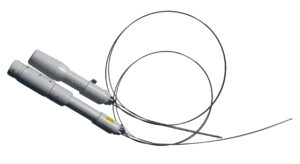
Having been associated with medical device development directly and tangentially for many years, I have witnessed and used a few things that make a difference. I would like to share… Read More
| by Andrea Pringle
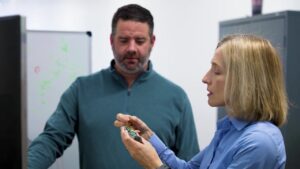
If you are developing a medical device, knowing which testing standard will be used to evaluate the safety and effectiveness of your device is critical for obtaining FDA clearance or… Read More
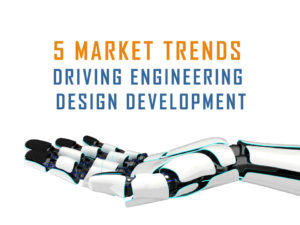
As we get ready to bid 2022 farewell, we reflect on 5 market trends driving engineering design development into the future. One of the truly great pleasures of working at… Read More
| by Katie Elliott
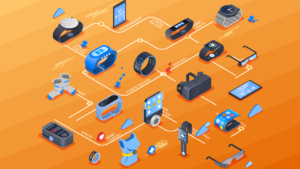
Power management is an important concern when dealing with small, battery-powered devices such as sensors or wearables. The successful design of low-power devices requires a concerted team effort between the… Read More
| by Theresa Ramirez
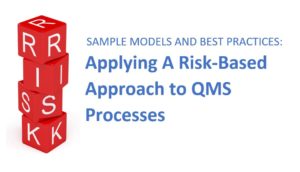
The ISO 13485:2016 standard for medical devices requires that a“risk-based approach” be used in the control of appropriate process needed for the Quality Management System (QMS). This informative blog written… Read More
| by Katie Elliott
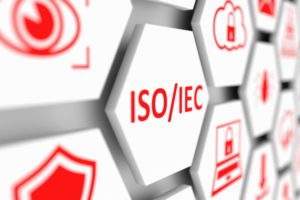
When developing software for use in the medical device industry, best practices must be followed to ensure regulatory requirements are being consistently met. As we dive into software development in… Read More
| by Kim Morch

After seeing a friend at Illumina post a company-wide request for intubation boxes for area hospitals based on an open source design concept, I knew that Simplexity would be happy… Read More
| by Minh Duong
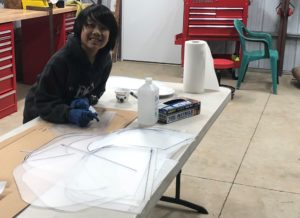
We have been fortunate to have a good relationship with our clients and many of their employees. When the COVID-19 outbreak hit, people wanted to use their skills to make… Read More
| by Will Clark
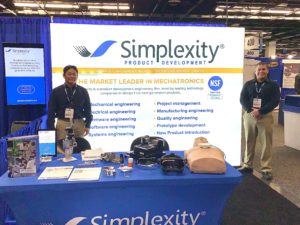
General Impression at MD&M West 2020 We exhibited at the MD&M West Show this year and were excited by the networking connections we made. With 311,260+ Californians directly employed by… Read More
The design team works closely with the manufacturing team to enable a smooth transfer, often with Simplexity engineers traveling to the contract manufacturer sites to ensure product quality. The design is transferred to the client based upon specific needs, most often after all tests are complete and the design is verified.
Phase 2C iterates on the learnings of Phase 2B and involves a refined prototype build of a fully integrated system. Some projects also benefit from additional iterations of the product based on prior learnings through additional phases (2D, 2E, etc), which are not represented in this graphic. All requirements are intended to be tested, and at the end of Phase 2 there will be confidence that the units will pass verification in Phase 3. The Bill of Materials is further refined, and the team updates estimates for the per unit cost of the product by receiving pricing from vendors and suppliers.
The detailed design phase usually has multiple, iterative sub-phases as the design progresses and representative prototypes are built. Phases 2B and 2C are typically the largest efforts in the product development process, where the specific implementation for all disciplines occurs (mechanical, industrial design, electrical, firmware, systems, software, manufacturing, and quality).
Simplexity typically engages with production component suppliers and contract manufacturing groups early in this phase to provide additional manufacturing input on the design. If the product has stringent testing or certification requirements, pre-screens are performed in this phase prior to formal regulatory agency testing.
Simplexity has a dedicated New Product Introduction (NPI) team that can guide the transition from design into production. The NPI team presents multiple options for manufacturing to the client, allowing clients to choose the solution that best suits their needs. This can involve Simplexity performing initial builds in-house prior to full handoff to a contract manufacturer or building the product via established relationships with contract manufacturing partners either domestically or overseas early in the process.
The detailed design phase starts with defining options for the product architecture, with the goal of having the greatest chance of successfully meeting product requirements while best mitigating risk. Engineering activities in this phase include presenting options for hardware components, outlining the system block, sequence, and state diagrams, creating rough CAD, and breadboarding of high-risk subsystems. Results are presented with a description of the pros, cons, and key tradeoffs for each scenario.
